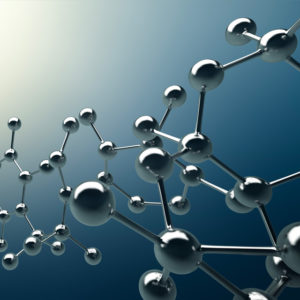Graphite Furnace Atomic Absorption Spectrometry (GFAAS)
Home » Our Techniques » Graphite Furnace Atomic Absorption Spectrometry
Graphite furnace atomic absorption spectrometry (GFAAS) is also known as electrothermal atomic absorption spectrometry (ETAAS). GFAAS is an established technology for quantifying elements at trace and ultra-trace levels (down to low μg/L) while using only small sample volumes (usually less than 100 μL).
In GFAAS, a known amount of sample solution is injected into a graphite- or pyrolytic carbon-coated graphite tube, which can then be heated to vaporize and atomize the analyte. The atoms absorb ultraviolet or visible light of an element specific wavelength and make transitions to higher electronic energy levels. The amount of absorption is a measure for the concentration of the element of interest in the sample solution. Concentrations can be derived after calibrating the instrument with standards of known concentration.

Ideal uses of GFAAS
- Trace metals in ultra-pure water
- Determination of SiO2 in ultra-pure water with a detection limit of 0.4 μg/L
Strengths
- Good sensitivity
- Low detection limits (μg/L)
- Applicable to a wide variety of matrices
- Small sample volumes
- Limited spectral interferences
Limitations
- Time consuming
- Sequential analysis of 1-6 elements
- Limited dynamic range (= range over which ion signal is linear with analyte concentration)
- No screening ability
- Separate method optimization required for each type of sample
GFAAS Technical Specifications
- Sample amounts: 1 mg (solids), 1 mL (solutions)
- Quantitative/Qualitative: quantitative
- Destructive/non-destructive: destructive
- Sample (pre)treatment: dissolution of the sample
- Detection limit: μg/L in solution
Would you like to learn more about using GFAAS?
Contact us today for your Graphite Furnace Atomic Absorption Spectrometry needs. Please complete the form below to have an EAG expert contact you.